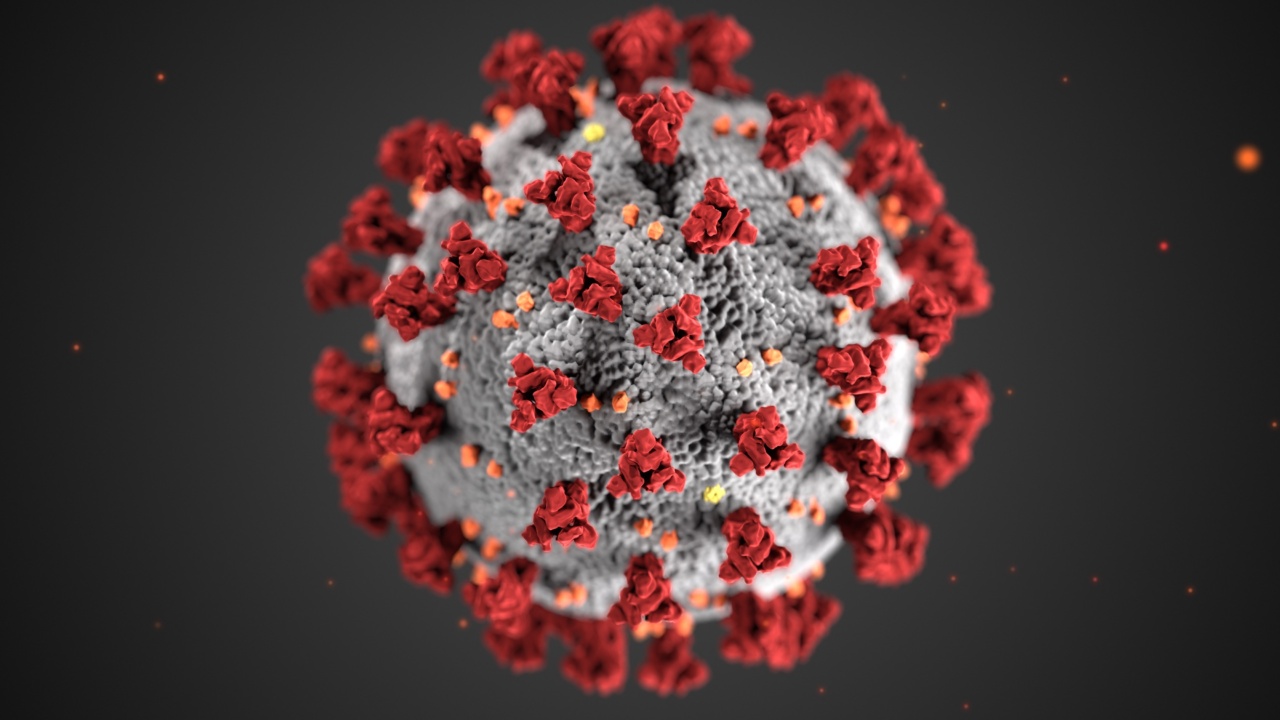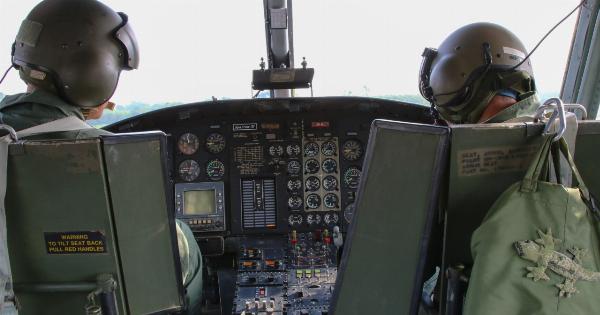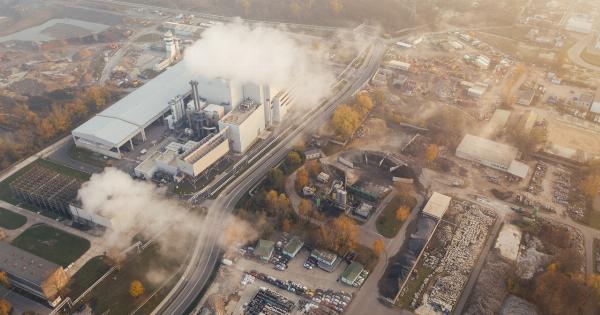Respiratory diseases are a significant concern globally. They refer to problems experienced by breathing and can be caused by varied factors such as infections, allergies, and environmental pollutants.
Invasive Pulmonology is a branch of medicine that deals with the management, diagnosis, and treatment of lung and respiratory tract diseases. The approach involves invasive procedures and techniques to obtain an accurate diagnosis and provide treatment.
This article aims to discuss Invasive Pulmonology, its procedures, and its importance in treating respiratory diseases.
What is Invasive Pulmonology?
Invasive Pulmonology is a relatively new area of expertise that combines aspects of pulmonology, interventional radiology, and chest medicine. It involves the use of invasive procedures to diagnose and treat lung diseases.
Some of the procedures involved in invasive pulmonology include bronchoscopy, thoracic ultrasound, lung biopsy, and thoracentesis. The methods provide more precise diagnostic results than conventional techniques such as X-rays and CT scans.
During the procedures, a pulmonologist uses specialized tools to gain access to the respiratory tract or lungs and collect samples. The samples collected can then be examined and analyzed in the lab to diagnose respiratory ailments correctly.
This approach enables tailored treatment options for patients, resulting in better health outcomes.
What Procedures are Involved in Invasive Pulmonology?
The following are the most common procedures used in Invasive Pulmonology:.
1. Bronchoscopy
Bronchoscopy is a diagnostic procedure that involves the use of a bronchoscope, a specialized tool used to examine the throat, larynx, trachea, lungs, and bronchi.
The bronchoscope comprises a thin, flexible tube with a camera on its tip that views the inside of the respiratory system.
The test is conducted while patients are under sedation. The pulmonologist inserts the bronchoscope into the patient’s mouth or nose and down the throat to reach the airways.
With the help of the camera, the pulmonologist can view the inside of the lungs and collect samples of blood, cells, and fluids.
2. Thoracic Ultrasound
Thoracic Ultrasound is an imaging test that uses ultrasound waves to create images of the chest’s organs. It is a non-invasive procedure that entails placing an ultrasound probe on the chest or the back to capture images.
The procedure helps diagnose fluid build-up, tumors, and other abnormalities in the lungs.
3. Lung Biopsy
A lung biopsy is an invasive procedure that involves the removal of a small sample of lung tissue for examination. The sample can be obtained using a needle or through bronchoscopy.
Lung biopsies are crucial in diagnosing conditions such as lung cancer, pneumonia, and tuberculosis. The test is performed under anesthesia to minimize pain and discomfort.
4. Thoracentesis
Thoracentesis, also known as pleural fluid aspiration, is a procedure that involves the removal of fluid from the pleural space. The pleural space is the thin gap between the lungs and the chest wall.
Fluid buildup in this space can make breathing difficult, leading to respiratory failure.
The procedure is performed using a needle inserted into the pleural space through the chest wall. The fluid is then vacuumed out of the cavity for examination in the lab.
Why is Invasive Pulmonology Important?
Invasive Pulmonology is essential in the management of respiratory diseases. The procedures involved are crucial in diagnosing, staging, and treating lung cancer.
They are also useful in evaluating and treating other lung problems such as pulmonary fibrosis, pneumonia, and tuberculosis.
The approach enhances disease management by providing accurate diagnoses that lead to better treatment options. Invasive Pulmonology is vital in the management of respiratory diseases that require immediate and precise medical care.
The procedures in Invasive Pulmonology have a low risk of complications, making them efficient and safe for patients. Patients can also resume their day-to-day activities soon after the procedures.
Conclusion
Invasive Pulmonology is playing a critical role in the management of respiratory diseases. The procedures involved provide accurate diagnoses and treatment options that lead to better health outcomes.
The approach is safe, effective, and efficient in treating various respiratory problems.
If you have respiratory issues that require advanced diagnostic procedures, talk to your healthcare provider about Invasive Pulmonology.






























